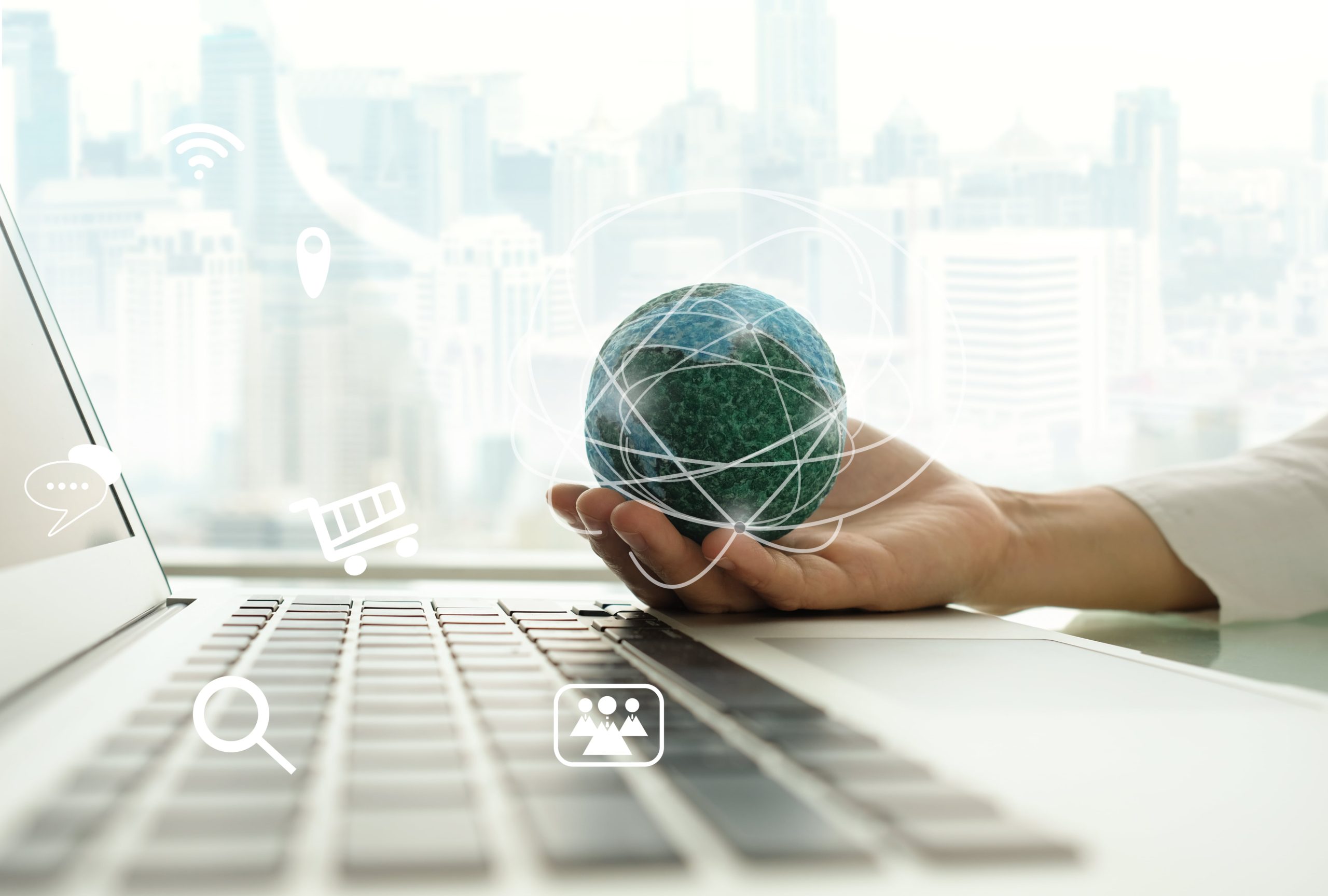As our facility of the internet has increased, our knowledge for internet-related things has also increased. Due to this, the Internet of Things (IoT) has become a well-known term these days. If we explain it in simple terms, it means to take all the things in the world and link them through the internet. The IoT has made it possible to grow the network of internet- connected electronic devices that are now in action around the world.

Tens of billions of IoT-connected devices already exist globally and this number is expected to only grow as internet connectivity arises to become a standard feature for electronic devices. In 2017, the market revenue for IoT technology reached $100 billion for the first time. By 2025, it has been suggested that this number will grow to around 1.6 trillion. This is because IoT has transformed the way industries are interacting with their customers.
What Role Does Sensors Play in IoT?
We are all surrounded by many electronic devices ranging from smartphones to LED televisions, wearable devices, and others connected through IoT. All these devices use sensors to carry out all technical operations. This makes IoT directly related to these sensors. The IoT sensors can monitor health status (in the form of blood pressure, pulse, blood sugar, etc.), home security (in the form of cameras), air quality, etc and are also extensively used in the form of industrial IoT to monitor production processes. Therefore, it is important that every person knows how these IoT sensors work and how we can utilise them to acquire relevant information.
In a layman term, a sensor can be a device that is able to detect fluctuations in the environment. However, a sensor is useless by itself, unless it is connected to an electronic device where it plays a crucial role. Afterward, when a sensor measures a physical phenomenon (like pressure, temperature, blood pressure, physical activity, etc.), it transforms that into an electric signal. The sensor can sense these physical phenomena only when:
- It is sensitive to the phenomenon of interest
- It is not sensitive to other physical phenomena
- It accurately transforms information of measured phenomenon into electric signal without any alteration
The different types of applications use different types of sensors to collect data from the environment. In IoT, the sensors are a form of front end participants because they are the ones collecting data from the environment. They are connected directly or indirectly to the IoT devices. E.g., the digital sensors are upfront and easy to interface with a microcontroller and on the other hand, the analogue sensors are indirectly connected through an analogue-to- digital converter to convert the data into output.

Accordingly, the commonly used sensors that are extensively adopted in everyday life include light sensors, gas sensors, motion sensors, thermometers, water quality sensor, chemical sensor, smoke sensor, infrared sensor, humidity sensors, etc. To understand intensely how these sensors work, let’s have a look at one of these below.
Smoke Sensor

As the name interprets, a smoke sensor has the ability to sense smoke (gases and air-borne particulates) in the environment and its levels. Smoke sensors were in use for a longer time, but with the advancement in the form of IoT, the smoke sensors became more effective. The IoT allowed these smoke sensors to be plugged into a system that instantly reflects the user about any problem that occurs in different industries dealing regularly with smoke.
Smoke sensors are widely used by manufacturing industries, buildings (mostly hotels) and other places to detect fire and gas events.
Smoke Sensors are further categorised into two parts depending on the principle they use to sense smoke.
Optical Smoke Sensor: Basically, when the light from the light source is passed through the air chamber, it reaches the photosensor to signal if any contamination is detected in the air.
Ionization Smoke Sensor: The ionization smoke sensor works on the principle of ioniation, i.e., the kind of chemistry used to detect molecules causing a triggered alarm.
Data from the sensors can be used by storing it in the systems and using it later to analyse different phenomena. As IoT applications are growing, they are increasing the demand for sensors also. Although, there is a wide range of sensors available, but when applying with IoT devices, the choice for a right sensor as well as a right IoT platform is critical for accurate output.

